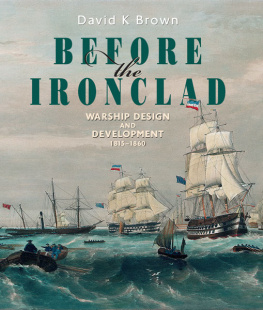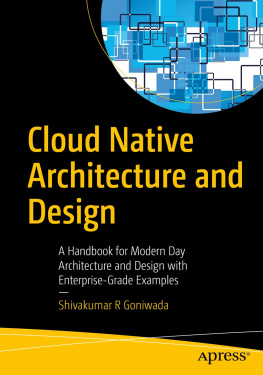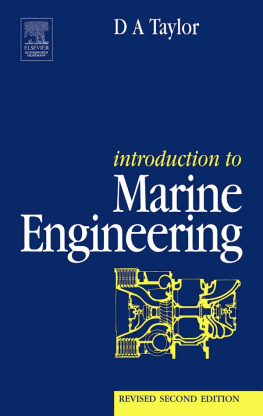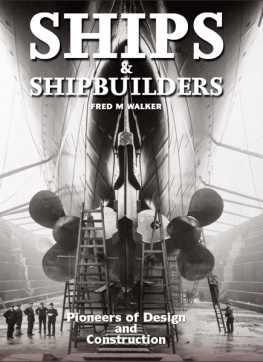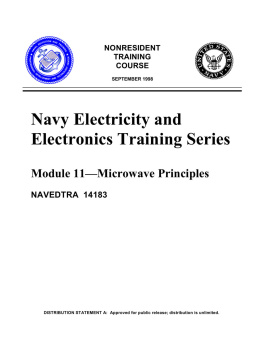Copyright
Butterworth-Heinemann is an imprint of Elsevier.
The Boulevard, Langford Lane, Kidlington, Oxford, OX5 1GB
225 Wyman Street, Waltham, MA 02451, USA
First published as Naval Architecture for Marine Engineers, 1975
Reprinted 1978, 1981
Second edition published as Muckles Naval Architecture, 1987
Third edition published as Introduction to Naval Architecture, 1996
Revised reprint 2000
Fourth edition 2004
Fifth edition 2013
Copyright 2013 Eric Tupper. Published by Elsevier Ltd. All rights reserved.
No part of this publication may be reproduced, stored in a retrieval system or transmitted in any form or by any means electronic, mechanical, photocopying, recording or otherwise without the prior written permission of the publisher
Permissions may be sought directly from Elseviers Science & Technology Rights Department in Oxford, UK: phone (+44) (0) 1865 843830; fax (+44) (0) 1865 853333; email: permissions@elsevier.com. Alternatively you can submit your request online by visiting the Elsevier web site at http://elsevier.com/locate/permissions, and selecting Obtaining permission to use Elsevier material
Notice
No responsibility is assumed by the publisher or author for any injury and/or damage to persons or property as a matter of products liability, negligence or otherwise, or from any use or operation of any methods, products, instructions or ideas contained in the material herein. Because of rapid advances in the medical sciences, in particular, independent verification of diagnoses and drug dosages should be made
British Library Cataloguing in Publication Data
A catalogue record for this book is available from the British Library
Library of Congress Cataloguing in Publication Data
A catalogue record for this book is available from the Library of Congress
ISBN: 978-0-08-098237-3
For information on all Elsevier Butterworth-Heinemann publications visit our website at http://books.elsevier.com
Typeset by MPS Limited, Chennai, India
www.adi-mps.com
Printed and bound in Great Britain
13 14 15 16 10 9 8 7 6 5

Preface to the Fifth Edition
General
Modern ships are large and complex and, unlike other forms of transport, many have to provide accommodation for human habitation over extended periods. They operate in a changeable environment which can be very hostile and their responses to that environment can be highly non-linear. To design and build efficient and effective ships can be very demanding.
For many years the naval architect made many simplifying assumptions in order to quantify the ship characteristics of stability, strength, speed and so on. Ships evolved slowly as making significant changes from existing practice was risky. Calculations had to be done manually using simple devices such as slide rules. With modern research, combined with massive increases in computing power, problems can be tackled more thoroughly. For instance, a ships responses as an elastic body in irregular waves can be computed taking account of interactions between motions and of non-linearities. This requires a much deeper understanding of the subject and it is not possible to cover all aspects of the subject in depth in one volume.
This book provides a broad appreciation of the science and art of naval architecture explaining the subject in physical rather than in mathematical terms. This provides a clearer understanding of the underlying principles involved and should be adequate for many associated with maritime matters. For the naval architect proper, it provides the framework upon which to build the deeper understanding needed by a designer, builder or researcher.
Arrangement of the Book
Naval architecture involves two distinctly different tasks the analysis of individual design characteristics and the synthesis of a design from those elements. Analysis calls upon procedures and theories developed over the years. It can be regarded as the science/engineering of the subject. Design is more an art both in an aesthetic sense and in arriving at a well balanced design meeting often conflicting requirements.
Analysis is relatively straightforward, although by no means simple. The basics are common to all types and sizes of ship and craft. Synthesis is more difficult both to achieve and to explain. It requires experience and flair. It is in the synthesis (design) stage that quite different vessels in function, appearance and size emerge. As an example, consider supporting a load on a circular support on a structure which is predominately composed of transverse and longitudinal bulkheads. Once a structural solution is sketched it can be checked to ensure it is adequately strong. Whilst there may be uncertainty in ascertaining the loads, the art is in envisaging an efficient method of transmitting the loads from the circular support to the surrounding structure.
Textbooks can either deal with the naval architectural elements first and then show how they are applied during design or begin with the synthesis process showing what supporting naval architectural elements are needed and then considering these elements in turn. This book adopts the first approach. The earliest chapters deal with terminology, definitions and notation providing the means of communicating in a precise, unambiguous way. The next few chapters deal with analysis and the later chapters with synthesis. Where it is deemed appropriate, more detailed matter is placed in appendices to leave the main text more free flowing.
Advanced methods such as Computer Aided Design/Computer Aided Manufacture (CAD/CAM) systems are outlined, in general terms. The underlying naval architectural principles remain the same and it is these fundamentals this book covers. The practitioner should master them before embarking on more advanced methods. Often the advanced methods such as the latest the International Maritime Organisation (IMO) probabilistic methods of damage stability assessment are less transparent to the user. For this reason this book includes the traditional approaches in areas where it is felt they demonstrate more clearly the principles involved. Also many existing ships will have been designed using these earlier methods. It is the methods of application rather than the principles which have changed.
This edition takes account of the views of users of earlier editions on the balance and coverage of the subject. It reflects the continuing developments in technology, changes in international regulations and recent research.
SI units are used almost universally and are used in the main text. To assist those wishing to use data in Imperial units conversion tables are given in an appendix. So is the Froude notation because of its importance in early work on ship resistance.
book for use by students and lecturers.
References and websites are given where they provide information on recent developments or more detailed information on topics. Many of the reference documents can be accessed from websites and this is indicated. The Internet contains much other useful information but may not be on a site for long. Students can use these but they require some overarching knowledge of the subject before they can be used intelligently. This book aims to provide that understanding.


